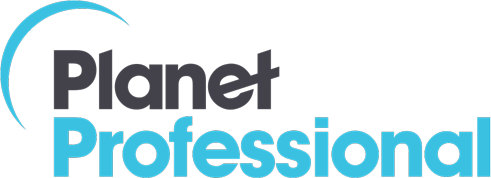Unveiling Fairness: 7 Ways to Avoid Bias in Job Descriptions
Crafting a job description is a critical step in the recruitment process because it is the first point of interaction between potential candidates and your organization. However, if not carefully constructed, job descriptions can unintentionally perpetuate biases and even reduce the pool of applicants. Recognizing and mitigating these biases is crucial to attracting a diverse pool of qualified candidates. In this article, we will explore strategies to avoid bias in job descriptions, fostering a more inclusive and equitable hiring process.
Focus on Essential Skills and Qualifications
Job descriptions should focus on the skills, qualifications and experiences necessary for success in the role. Clearly outline both technical and soft skills – but be careful of the language you use (see below). Ensure that potential candidates are evaluated based on their abilities rather than subjective traits. You want your job description to be accurate but avoid listing unnecessary requirements that could deter qualified candidates from applying. Research indicates that women, in particular, may refrain from applying to a job if they don’t meet all the listed qualifications, while men may be more likely to apply even if they only meet some. By emphasizing essential criteria, employers can attract a wider range of candidates.
Use Inclusive Language
One of the most effective ways to eliminate bias is to use inclusive language in job descriptions. The first step is to remove terms specific to gender, age, cultural, socioeconomic, etc. For example, avoid words that may have age connotations like “talented young entrepreneur,” “up-and-comer” or “recent college graduate.” Instead, stick to neutral language that accurately reflects the skills and qualifications necessary for the job.
Eliminate Gender-Coded Words
Certain words and phrases may unintentionally convey gender bias. Words such as “competitive,” “assertive” or “ambitious” can be perceived as masculine, while terms like “supportive,” “collaborative” or “empathetic” may be considered feminine. Strive for neutral language that does not favor a particular gender, ensuring that the job description remains attractive to a diverse audience.
Describe Your Company Culture in Inclusive Language
Many companies put a lot of effort into describing their organizational culture in their job postings. However, this is also where many get into trouble. What does “family environment” mean to people from different backgrounds, ages and genders? Does “close-knit” mean drinks after work or other social activities that some employees won’t be able to participate in? It’s one thing to say you have a culture that values diversity, equity and inclusion. Be sure to include how you make that happen.
Provide Flexibility
Consider the language used regarding work arrangements and benefits. Emphasize flexibility and inclusivity in job descriptions by incorporating statements that encourage work-life balance and accommodation for diverse needs. This can attract a wider range of candidates who may have varying preferences or requirements in terms of working hours or locations.
Use a Diverse Panel for Job Description Review
Before finalizing a job description, gather input from a diverse group of individuals within your organization. This can help identify and rectify any potential biases that may have been overlooked by the initial drafters. Ask for feedback on whether they feel the language used in job descriptions accurately represents the company culture and values diversity.
Implement Blind Recruitment Techniques
To eliminate unconscious biases, consider implementing blind recruitment techniques. This involves removing personal information such as names, gender and age from resumes during the initial stages of the hiring process. This ensures that candidates are evaluated solely based on their qualifications and skills.
Creating unbiased job descriptions is a fundamental step towards building a diverse and inclusive workplace. By recognizing and addressing unconscious biases, focusing on essential qualifications, using inclusive language, eliminating gender-coded words, and providing flexibility, employers can attract a broader and more diverse pool of candidates. Ultimately, a commitment to fairness in job descriptions sets the stage for equitable hiring processes and contributes to the creation of a more inclusive and thriving organizational culture.
Photo Credit: Canva



